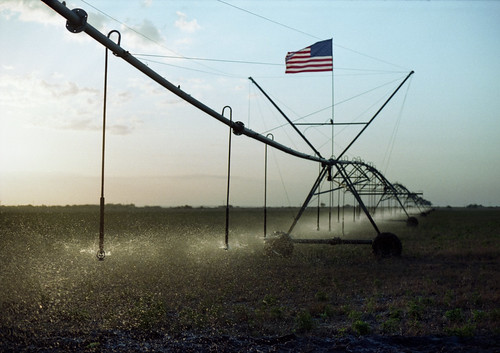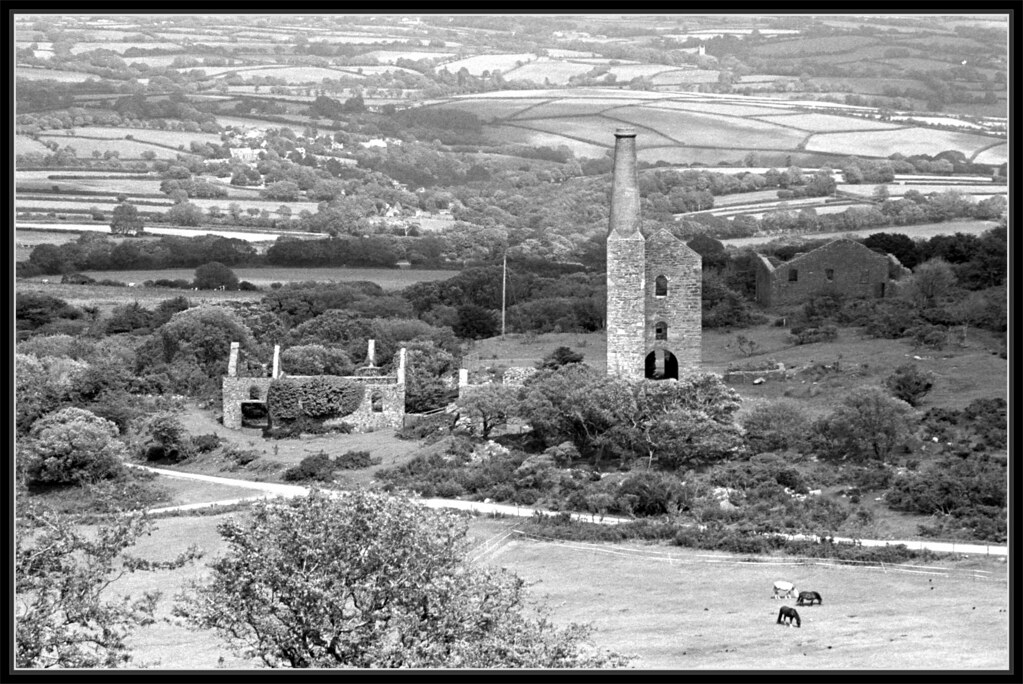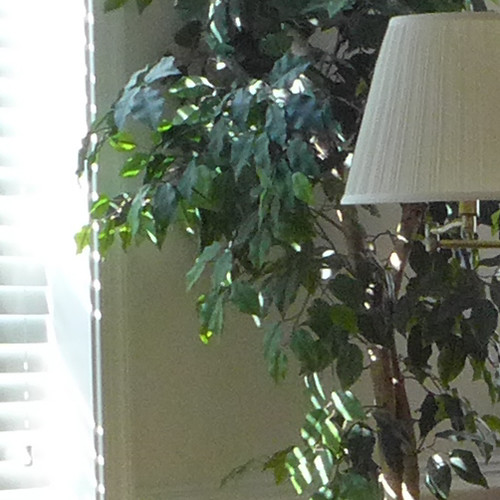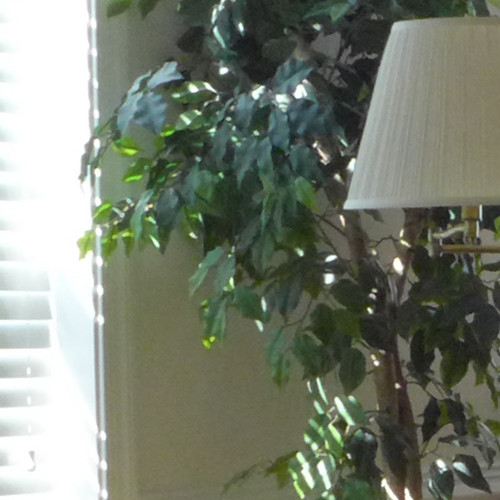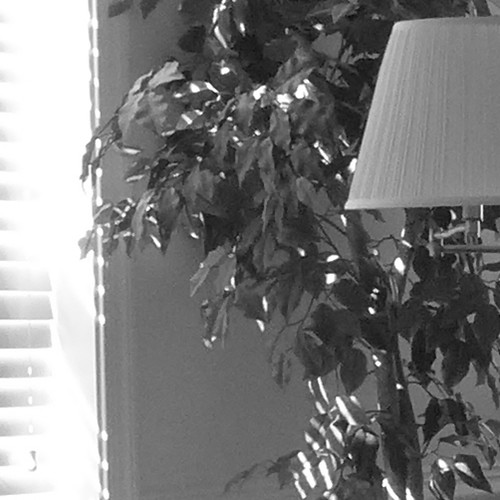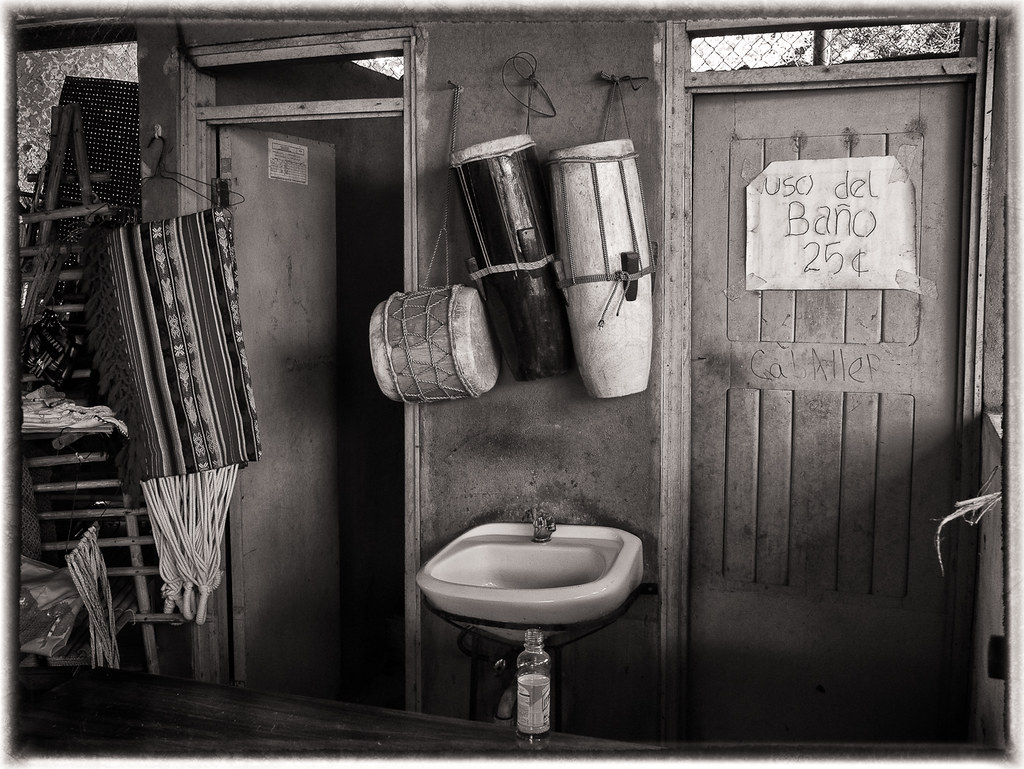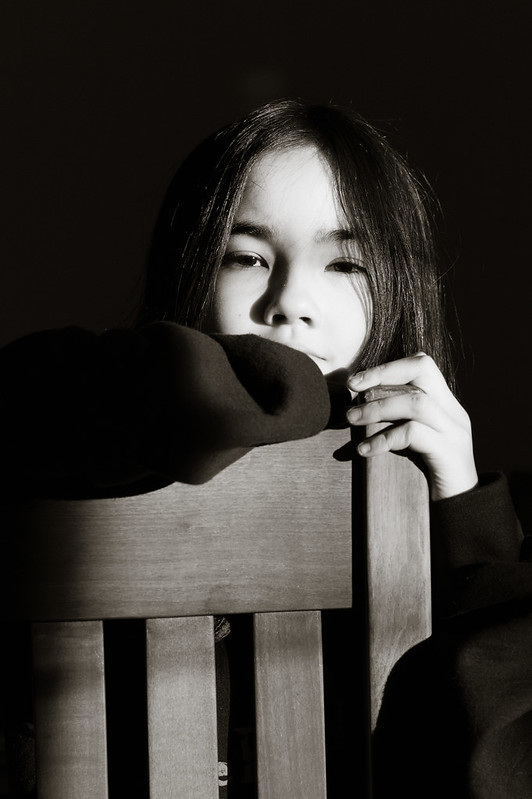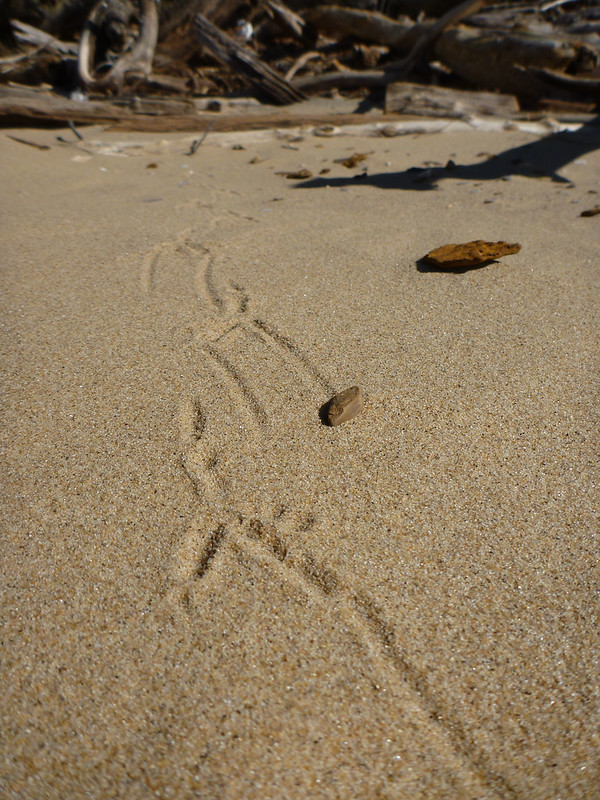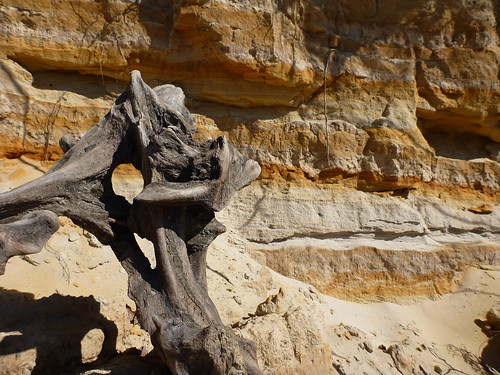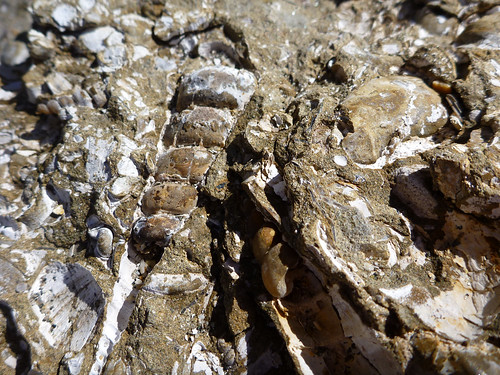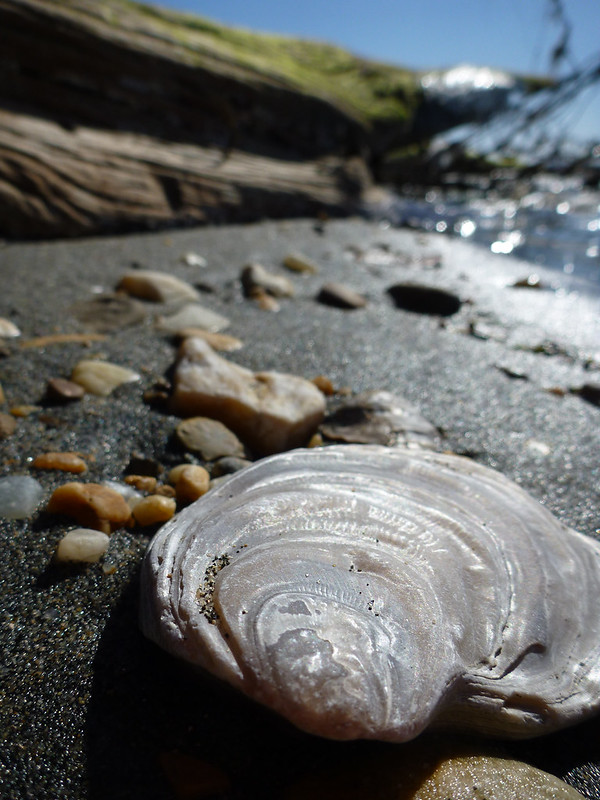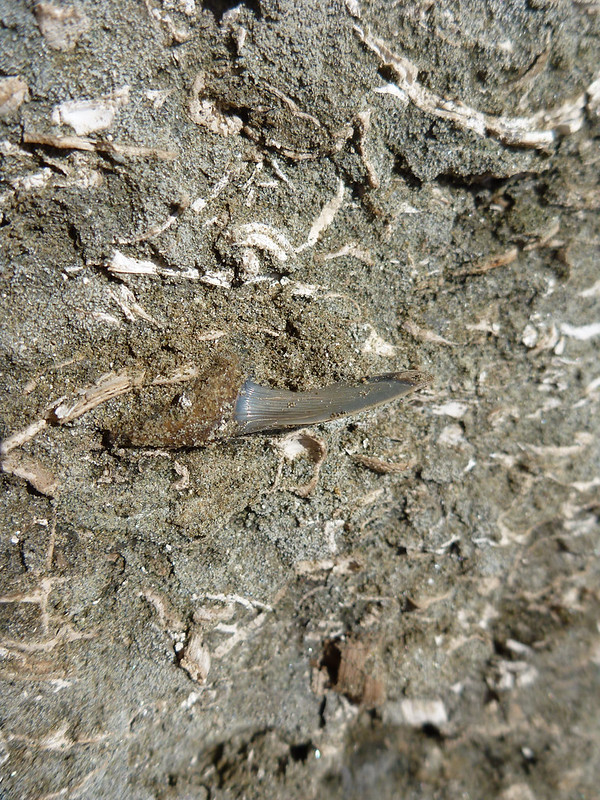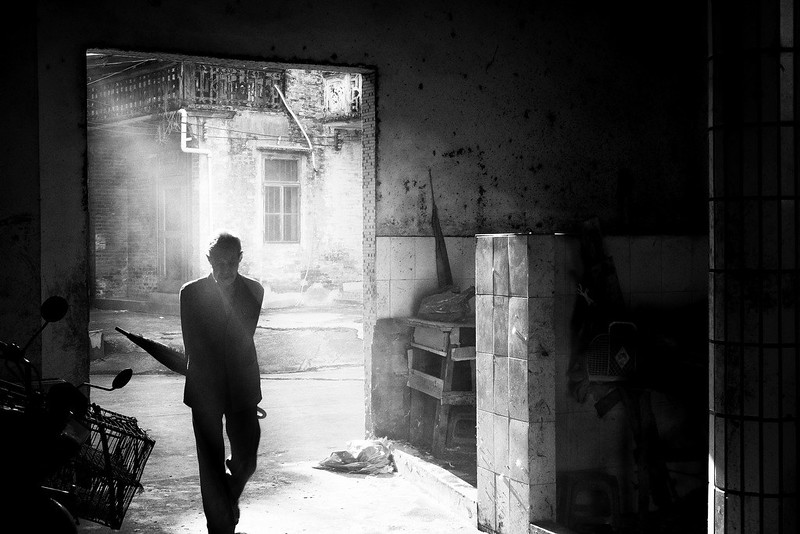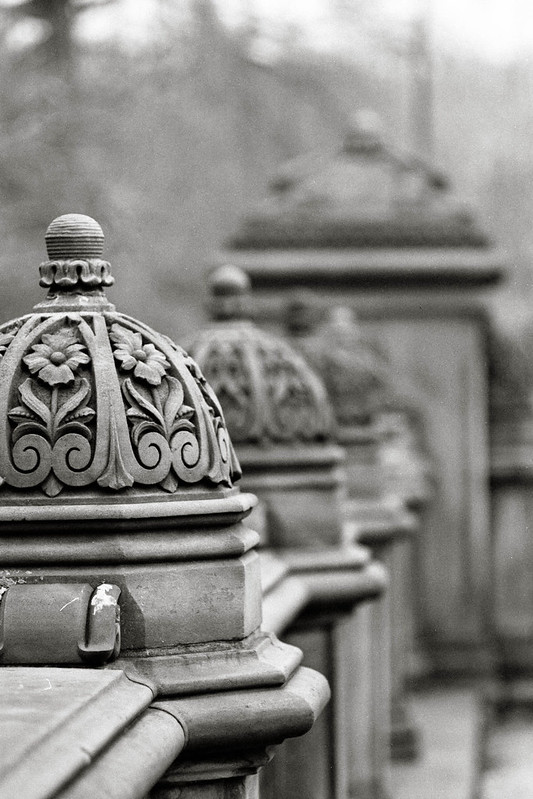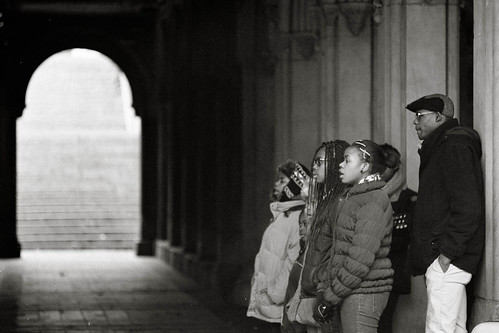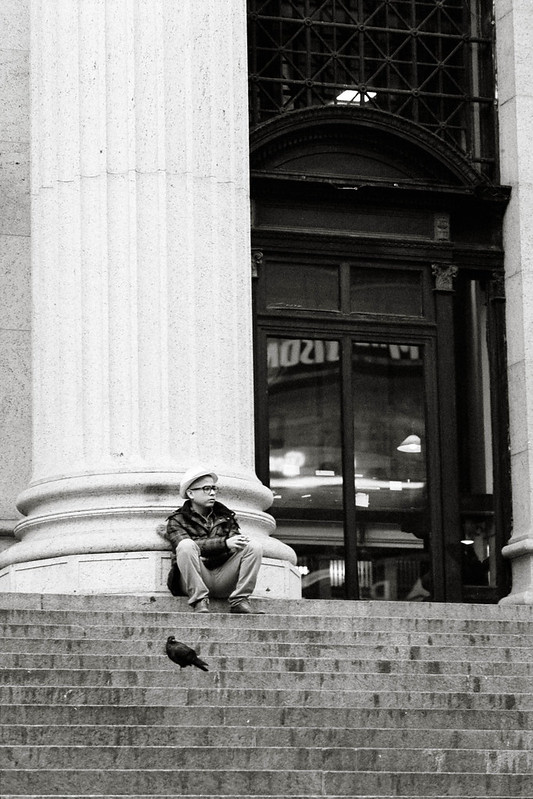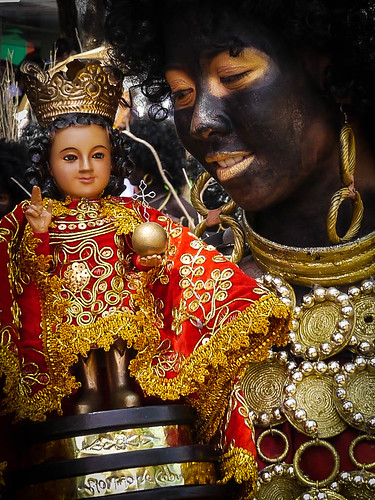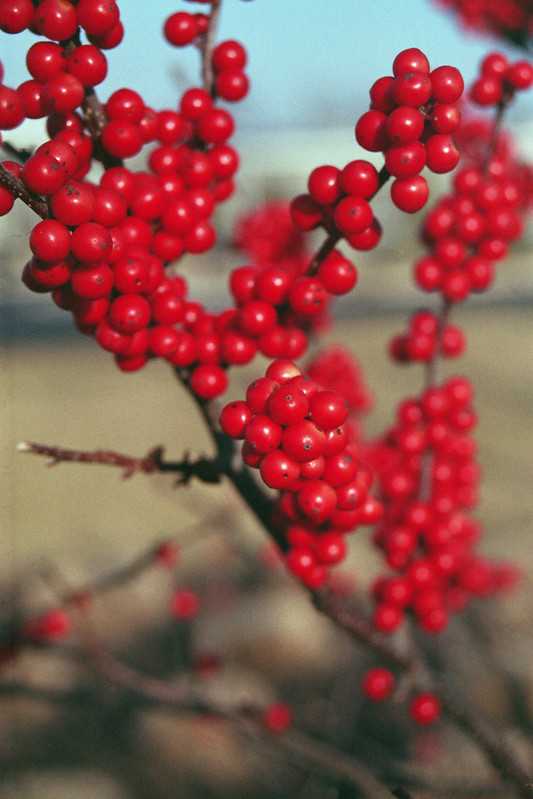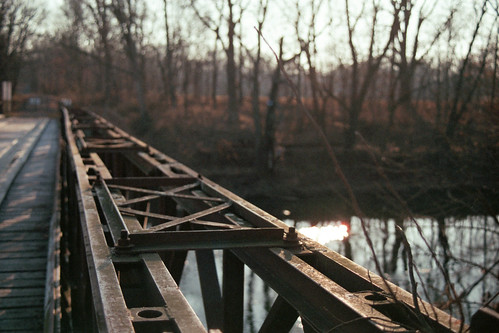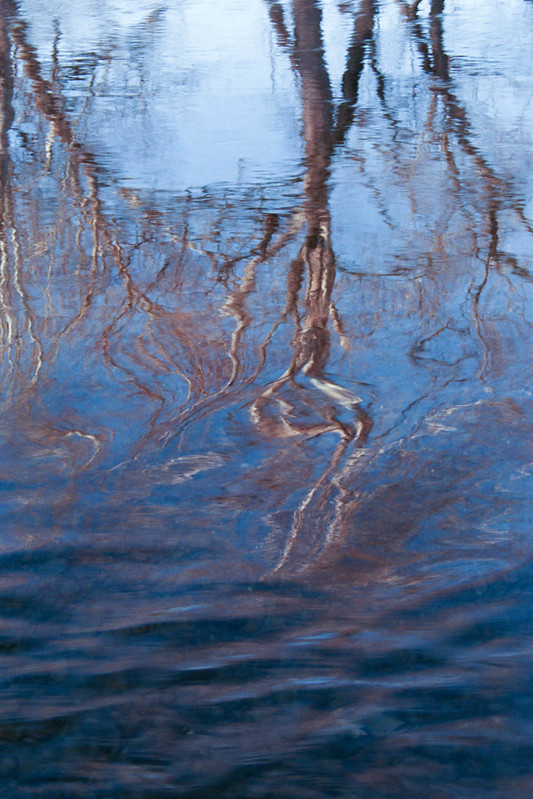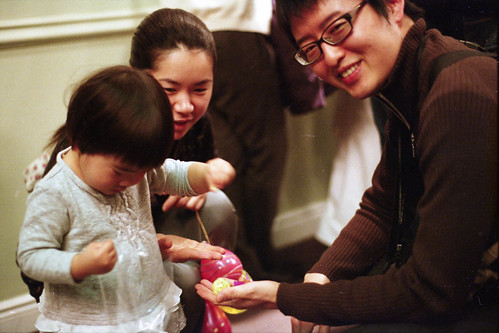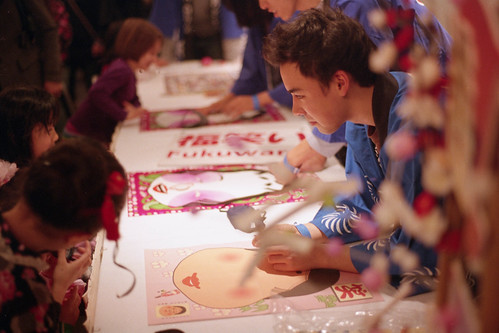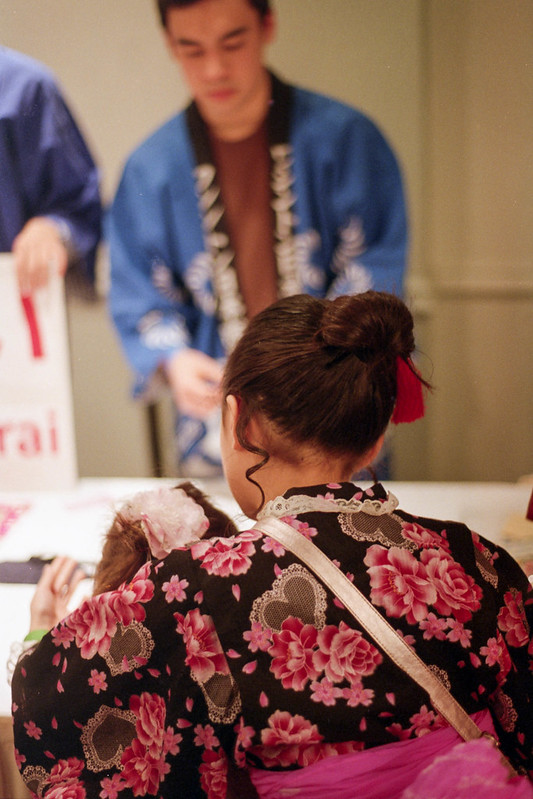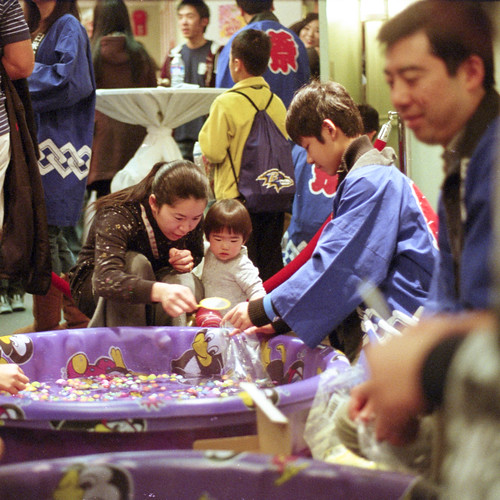I have only spent a little time with the LX7 so far. I started off by shooting some Jpegs. You have lots of image options in Jpeg shooting with the LX7, under "Photo Style." I started with STD, with default settings (for contrast, sharpness, color, and noise reduction). I have to admit I was not very pleased with the look of the jpegs at these settings. So, I had an assignment - see how to optimize Jpeg settings, if indeed it's possible to get what I want.
Just so you know, the raw images look pretty good to me. In the past, with my DMC-LX2 and DMC-LX5, I always shot raw. I may end up in the same situation with the LX7, but let's see what contributes most to my disappointment with the default images.
I decided to shoot a set of images on a tripod, using iso 400, f5.6, 1/60 second (manual exposure), and manual focus. I wanted to minimize all of the other variables, so that I could focus on Jpeg processing. I also shot both STD (color) and MONO (black and white) jpegs, since I'm interesting in optimizing both.
Here's the scene I shot:
Overall Scene, by Reed A. George
Panasonic Lumix DMC-LX7
iso 400, f5.6, 1/60 sec.
The tight crop below shows close up what I saw with the default STD jpeg settings:
Crop - STD, Default Settings
You can see some processing artifacts, especially along the edges of the lamp shade at right, and in the shaded area of the wall, directly under the leaves.
Based on my experience, these artifacts could be due to one or a combination of the following variables:
- Jpeg compression algorithm
- Oversharpening
- Excessive noise reduction (NR)
I was hoping that it wasn't number 1; there's nothing you can do about that as a user. So, I tested Sharpness and NR, independently and in combination. First, I turned down Sharpness to the minimum (-2).
Crop - STD Photo Style, Sharpness -2, Default NR
In this, I see a distinct drop in the artifacts, and the expected reduction in sharpness. Much better. I can always sharpen in Lightroom.
Next, I brought sharpening back to default level, and reduced NR to the minimum (-2):
Crop, Default Sharpness, NR -2
The artifacts are back. Looks like Sharpness is the key adjustment.
Just for kicks, I combined minimum settings for both Sharpness and NR:
Crop, Sharpness -2, NR -2
The artifacts again disappear, but I don't think NR had much to do with it. Default Sharpness level in the LX7 creates Jpeg artifacts to a level that I find unacceptable.
Now let's look at the same series in black and white.
Crop - MONO, Default Settings
In black and white, I think the artifacts show up worse than in color. Look at the right edge of the moulding at the edge of the window.
The next one was shot with Sharpness set to -2:
Crop, Sharpness -2, Default NR
Much better.
For completeness, let's see what default Sharpness and minimized NR do:
Crop, Default Sharpness, NR -2
Artifacts back. Again, Sharpness is the setting that affects Jpeg artifacts.
Finally, minimizing both Sharpness and NR yields this:
Crop, Sharpness -2, NR -2
Again, the artifacts disappear, but in my opinion that's mostly due to minimizing Sharpness. NR doesn't seem to generate many artifacts.
So, what does this tell me? It tells me that I can drastically improve Jpeg from the default settings by reducing Sharpening. Now that I know that, I can decide whether to reduce it to -1 or -2.
I'm happy that I can adjust Sharpening to affect Jpeg processing. I'm also happy that it's not a combination effect, which is harder to control.
One more thing - I love the iAuto option on the LX series cameras. It allows you to quickly switch from any setting and let the camera make all the decisions. Let's say that you're shooting Jpeg street scenes with manual focus in black and white at iso 400. Just then, you see a person approaching with a gorgeous bouquet of red roses. Rather than trying to work through menus to get back to shooting color, you can switch the top dial to iA and shoot away. Very handy. Unfortunately, I cannot adjust sharpening in iAuto. So, that will seriously limit my use of iAuto with the LX7.
Lots more to come on the LX7. So far, so good.
DMC-365.blogspot.com

